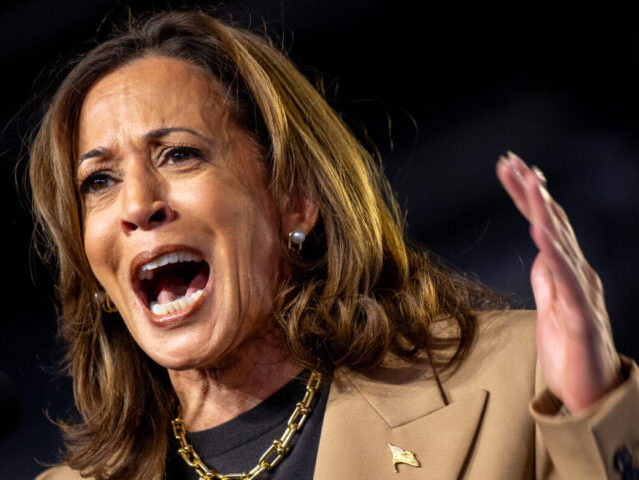As the Democrats strategize their campaign for a second consecutive term in the White House, they have largely relied on the assumption that economic concerns, particularly inflation, would diminish as the election approaches. Initially, there was a sense of optimism that with inflation rates subsiding, voters would shift their focus toward issues where Democrats typically fare better in polling. However, these hopes have not materialized as expected, placing the party in a precarious position as it heads into the election.
At the onset of the year, Gallup polling indicated that economic issues were significant to many Americans, with 34% of respondents prioritizing them. Specifically, 21% identified the economy at large as their main concern while an additional 13% specified rising inflation. This data reflects a national anxiety towards economic conditions that Democrats will need to contend with, especially if they strive to maintain momentum from their previous electoral victory. On the contrary, a prevailing sentiment among Democrats was that inflation would decrease, thereby alleviating public distress regarding cost-of-living challenges.
Despite hopes for economic improvement, inflation rates have remained stubbornly high. As of December 2023, the three-month annualized inflation rate stood at 3.3%, demonstrating little change from the 3.1% recorded through September. Adding to the woes, unemployment figures have seen an upward trend, increasing from 3.7% to 4.1%. These shifts have contributed to a significantly deteriorated public perception of the job market, where the percentage of people believing it is an opportune time to secure quality employment plunged from 55% in January to just 44% by September.
The lack of improvement in public perceptions of the economy becomes clearly evident in Gallup’s economic confidence index—a metric that has flatlined at -26, unchanged since the beginning of the year. This stagnation in economic sentiment signals a challenging environment for Democrats, as voters remain focused on economic issues rather than other policy areas where the party typically enjoys greater support. Additionally, the percentage of people who consider economic issues the most critical has largely held steady throughout the year, with 21% naming the economy broadly and 14% highlighting inflation explicitly.
The persistence of economic issues in voters’ minds is likely to influence the narrative as the election draws near. With economic confidence low and unemployment rising, Democrats must navigate complex voter emotions and financial worries to reconnect with the electorate. While the party had hoped that their messaging could pivot toward more favorable topics in light of decreasing inflation, the consistency of economic dissatisfaction may force them to re-evaluate their strategies as they enter the critical stretch of the campaign.
In summary, the Democratic Party’s reliance on a favorable economic climate heading into the election has proven to be unfounded, as inflation remains high and unemployment rises. These factors have contributed to a stagnant economic confidence index and continued public concern over fiscal issues. As a result, the Democrats must urgently reconsider their campaign strategies to adequately address voter anxieties and navigate the complexities of the current economic landscape, if they wish to secure a second term in the White House.

